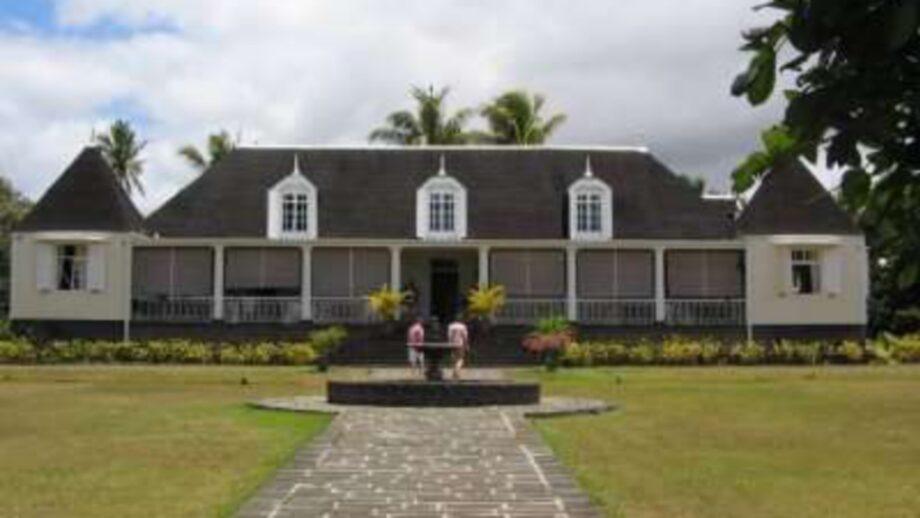Africa-Press – Mauritius. Mauritius, an island nation off the coast of Africa, is a favorite honeymoon destination. Mauritius is a multicultural country with people of Indian, African, French, and Chinese ancestry.
It is known for its beaches, flora and fauna, and picturesque scenery. The island’s tropical atmosphere drew Europeans in, making its history remarkable.
Between the sixteenth and twentieth centuries, the country was governed by the Dutch, French, and British. Mauritius has a number of must-see historical sites that can help you better understand the culture of the island.
1. Baie De l’Arsenal Or Arsenal Bay Arsenal Bay, located in the country’s northwestern region, may include the ruins of a French arsenal.
A French foundry produced cannons and other military supplies at the village of Arsenal, one of Mauritius’ lesser-known historical monuments. It was, however, destroyed in 1774 by an explosion that killed around 300 slaves.
You can go around the grounds of Hotel Maritim and explore the ruins if you stay there. 2. House of St. Aubin One of Mauritius’ most historically significant places is the St.
Aubin plantation, which dates back over 200 years. The facility was relocated in the 1970s, and the estate no longer sells sugar. The huge estate’s lawns, on the other hand, are now home to a rum distillery.
A vanilla home, a spice garden, and a tropical garden are all available. A guide will accompany you on your tour of the house and its different aspects, including the famous sugar refinery.
The five-course Mauritian meal, which includes palm, mango, and pineapple, also contributes to the atmosphere. 3. The Thé Route (Bois Cheri) Bois Cheri, a well-known tea estate, is one of the three most significant places on La Route du Thé.
These tea plantations cover approximately 250 hectares and are about 12 kilometers from the famous Rivière des Anguilles. The plantation may be toured to learn more about its history and functioning, making it one of Mauritius’ must-see historical attractions.
4. Beau Plan Sugar Mill Every ranking of Mauritius’ finest historical sites includes the Beau Plan, a former sugar mill that is now a museum.
In this exhibition, the narrative of sugar is entwined with the island’s history, the rum trade, and the practice of slavery. The tour will take two to three hours to complete.
The factory opened in 1797 and closed shortly before the turn of the century in 1999. The museum also has videos and interactive sessions where visitors may learn more about the history of the place.
Oh, and everyone gets to sample about fifteen different types of sugar at the end of the tour, all of which were invented in Mauritius. 5. Eureka House
This building, which was once built as a grand mansion in the early 1800s, is now a museum that gives tourists an insight into the country’s colonial past.
With 109 doors and a large number of rooms, the house has tropical features that keep it cool even in the warmest summers. There are servant quarters and kitchens on the property, as well as artifacts, furniture, and maps from the French East India Company.
This is without a doubt the one historical structure in Mauritius that you must see! 6. Martello Tower The British built the five towers in the 1800s to protect their colony from the French, who were supposedly trying to incite slave revolts.
The La Preneuse tower has been turned into a museum where professionals explain the buildings’ incredible architecture. These towers are supposed to be three metres tall and armed with copper cannons with a two-kilometer range.
7. Matthew Flinders Monument Built about 15 years ago in 2003, this is one of Mauritius’ rare historical monuments.
Matthew Flinders, an English cartographer, and explorer, was the first to recognize Australia as a continent, and the location is dedicated to him. It commemorates his arrival in the country two centuries ago.
When he initially arrived on the island, he was imprisoned for six years because England and France were at odds. 8. Le Morne The site is certainly one of Mauritius’ most well-known historical sites and is another UNESCO World Heritage Site.
It’s only a mountain on the island’s southwest side that once housed a lot of slaves who ventured to abandon their masters. Slaves who escaped developed their own villages due to the harsh and impassable terrain and resided in the caverns.
The place serves as a strong reminder of their struggle for liberation and the human soul’s indomitable spirit. 9. Fort Citadel The British built this military building, which is also known as Fort Adelaide, in the nineteenth century.
You may enjoy a bird’s eye view of the capital, Port Louis, as well as the harbor, from the peak. The military barracks have been converted into shops where visitors can buy gifts.
For More News And Analysis About Mauritius Follow Africa-Press







